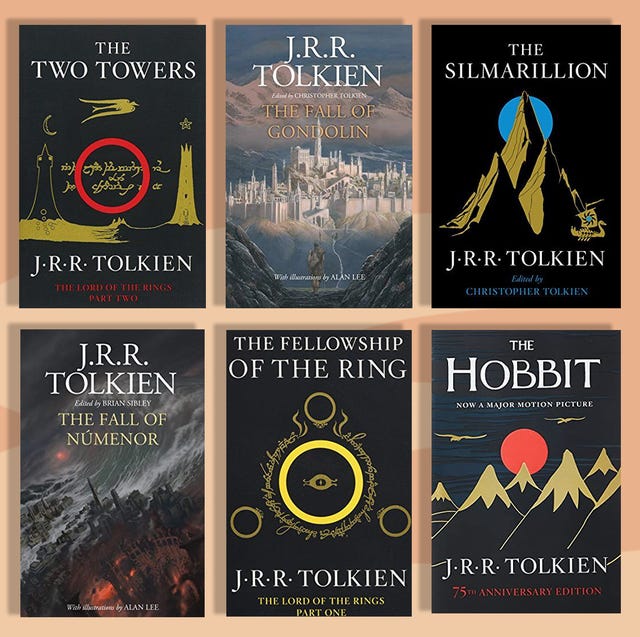Introduction:
J.R.R. Tolkien's epic fantasy masterpiece, "The Lord of the Rings" trilogy, stands as a monumental achievement in the world of literature. Published between 1954 and 1955, this trilogy—comprised of "The Fellowship of the Ring," "The Two Towers," and "The Return of the King"—has enchanted readers for generations with its rich mythology, intricate world-building, and timeless themes. In this article, we embark on a journey through the realms of Middle-earth to explore the magic, heroism, and enduring legacy of Tolkien's masterwork.
Creating Middle-earth:
At the heart of "The Lord of the Rings" lies Tolkien's creation of Middle-earth, a mythical land richly populated with diverse cultures, races, and languages. Tolkien, a philologist and a scholar of ancient literature, infused his fantasy world with linguistic complexity, providing readers with an immersive experience that extends far beyond the narrative.
Themes of Friendship and Fellowship:
At its core, "The Lord of the Rings" is a tale of friendship, camaraderie, and the enduring power of alliances in the face of adversity. The Fellowship of the Ring, consisting of characters from various races, backgrounds, and walks of life, embarks on a perilous journey to destroy the One Ring. The bonds formed among Frodo, Sam, Aragorn, Legolas, Gimli, Gandalf, and others underscore the strength that arises when individuals unite for a common cause.
The Struggle Between Good and Evil:
The central conflict of the trilogy revolves around the struggle between good and evil. The dark lord Sauron seeks to use the One Ring to dominate Middle-earth, and a diverse group of heroes stands in his way. Through battles, sacrifices, and moral choices, Tolkien weaves a narrative that explores the complexities of morality, the consequences of power, and the capacity for redemption.
A Hero's Journey:
Frodo Baggins, the unlikely hero of the story, embarks on a hero's journey that transcends the physical boundaries of Middle-earth. His quest to destroy the One Ring takes him through treacherous landscapes, and his internal struggles mirror the challenges faced by individuals in the real world. Frodo's resilience, coupled with the unwavering support of Samwise Gamgee, showcases the triumph of the human spirit in the face of overwhelming odds.
Rich Cultural Tapestry:
Tolkien's academic background is evident in the richness of the cultural tapestry he weaves throughout Middle-earth. From the Elvish languages to the history of Gondor and Rohan, Tolkien's attention to detail creates a world that feels as authentic as it is fantastical. This meticulous world-building has set a standard for fantasy literature and inspired countless authors to explore the depths of their own imaginary realms.
Legacy and Adaptations:
"The Lord of the Rings" trilogy has left an indelible mark on literature, influencing subsequent generations of fantasy writers and captivating readers across the globe. Beyond the written word, Tolkien's work has been adapted into acclaimed film adaptations directed by Peter Jackson, further solidifying its place in popular culture.
Conclusion:
J.R.R. Tolkien's "The Lord of the Rings" trilogy is more than a fantasy epic; it is a testament to the power of storytelling, the enduring qualities of friendship, and the universal struggle between good and evil. As readers continue to explore the realms of Middle-earth, they discover not only an enthralling adventure but also a reflection of the human experience—one that transcends time and continues to inspire imagination and awe. Tolkien's legacy lives on, inviting new generations to embark on the timeless journey through the pages of "The Lord of the Rings."


Yorum Gönder